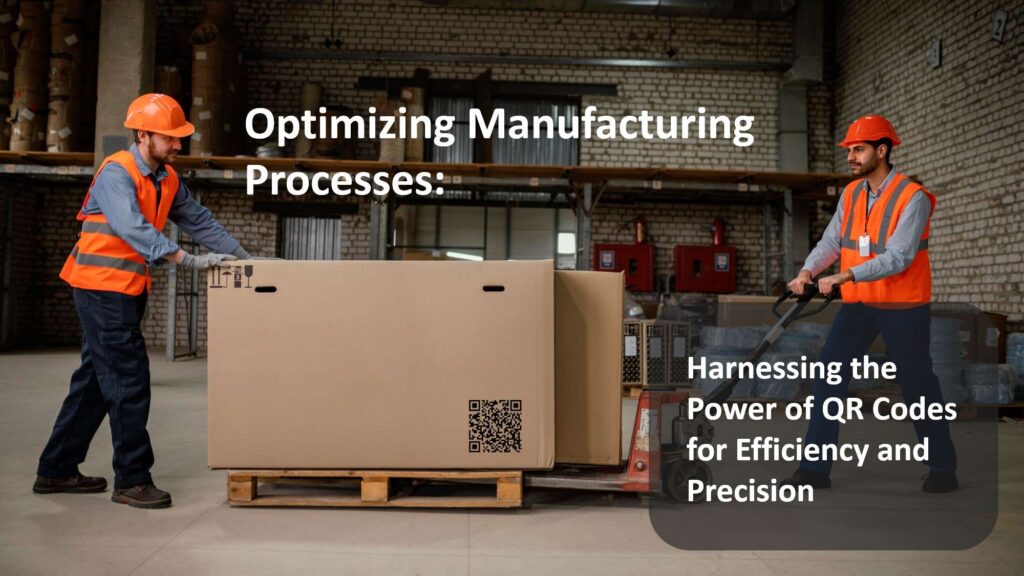Optimizing Manufacturing Processes: Harnessing the Power of QR Codes for Efficiency and Precision
Definition: In the manufacturing sector, QR codes streamline processes by providing quick access to assembly instructions, maintenance guides, and product information. They enhance efficiency and accuracy in manufacturing operations.
Benefits for Your Business: QR codes improve traceability, reduce errors, and enable quick access to critical information on the manufacturing floor. This leads to increased productivity, improved quality control, and enhanced overall operational efficiency.
Examples:
Attach QR codes to components for easy tracking throughout the production process.
Use QR codes on equipment to provide instant access to maintenance schedules and documentation.
Expanding on the Definition: QR codes have become an integral part of the manufacturing landscape, revolutionizing traditional processes and fostering a new era of efficiency. These two-dimensional barcodes aren’t just symbols; they are gateways to a wealth of information critical to the manufacturing workflow.
From assembly lines to quality control processes, QR codes play a pivotal role in providing instant access to essential information. Think of them as digital signposts guiding each component through the intricate dance of production. This connectivity not only accelerates the manufacturing process but also ensures precision at every stage.
Expanding on Benefits for Business: The benefits of integrating QR codes into manufacturing processes extend far beyond the shop floor. Enhanced traceability is a cornerstone advantage, allowing businesses to track the journey of each component seamlessly. This not only aids in quality control but also provides a comprehensive view of the supply chain, enabling swift response to potential bottlenecks or issues.
Beyond traceability, QR codes contribute to error reduction by providing workers with immediate access to assembly instructions and product specifications. This eliminates the need for manual cross-referencing and ensures that each step in the manufacturing process adheres to predefined standards.
Expanding on Examples: Picture a scenario where a complex product, comprised of numerous components, is being assembled on the factory floor. Each component bears a QR code, enabling quick and accurate tracking throughout the production process. This not only expedites assembly but also allows for real-time monitoring of each component’s status.
Additionally, consider the advantages of QR codes in maintenance. Equipment and machinery adorned with QR codes can be scanned to provide instant access to maintenance schedules, troubleshooting guides, and historical performance data. This proactive approach to maintenance not only minimizes downtime but also extends the lifespan of critical assets.
In summary, QR codes in manufacturing transcend their role as mere identifiers; they are catalysts for efficiency, precision, and improved overall operational excellence.

